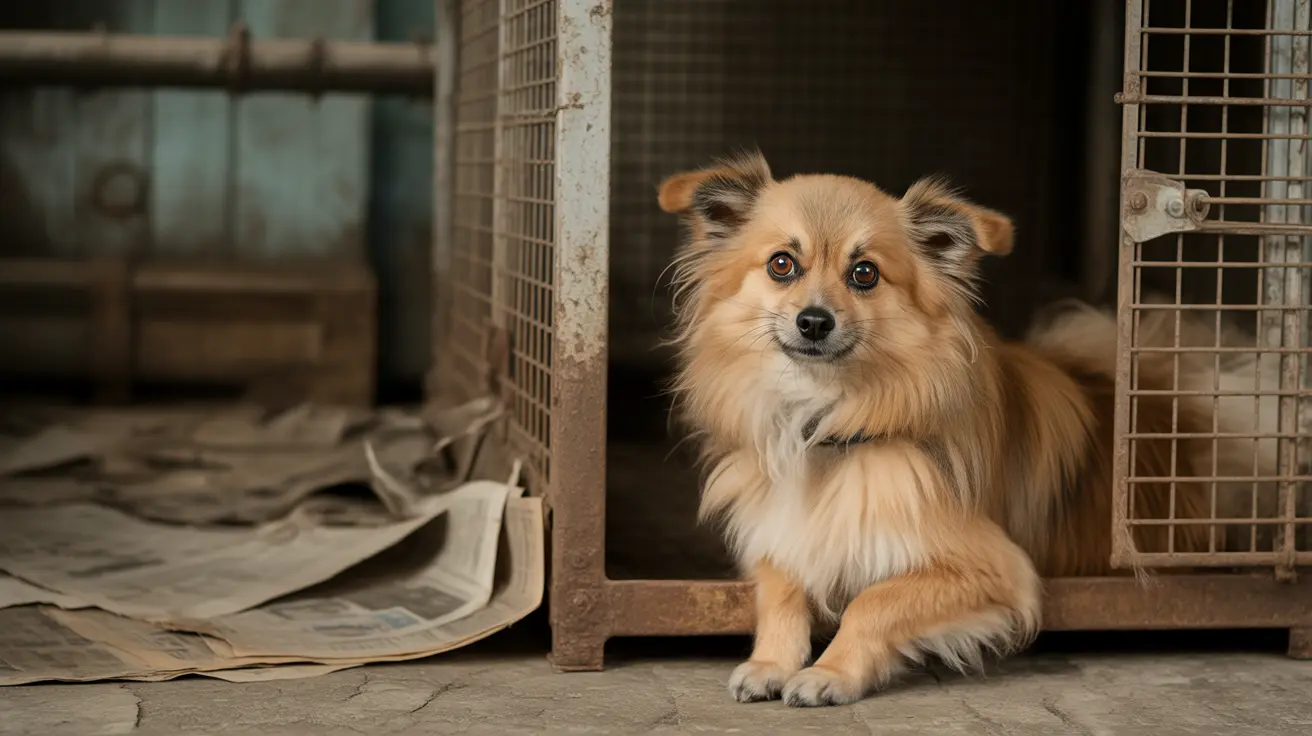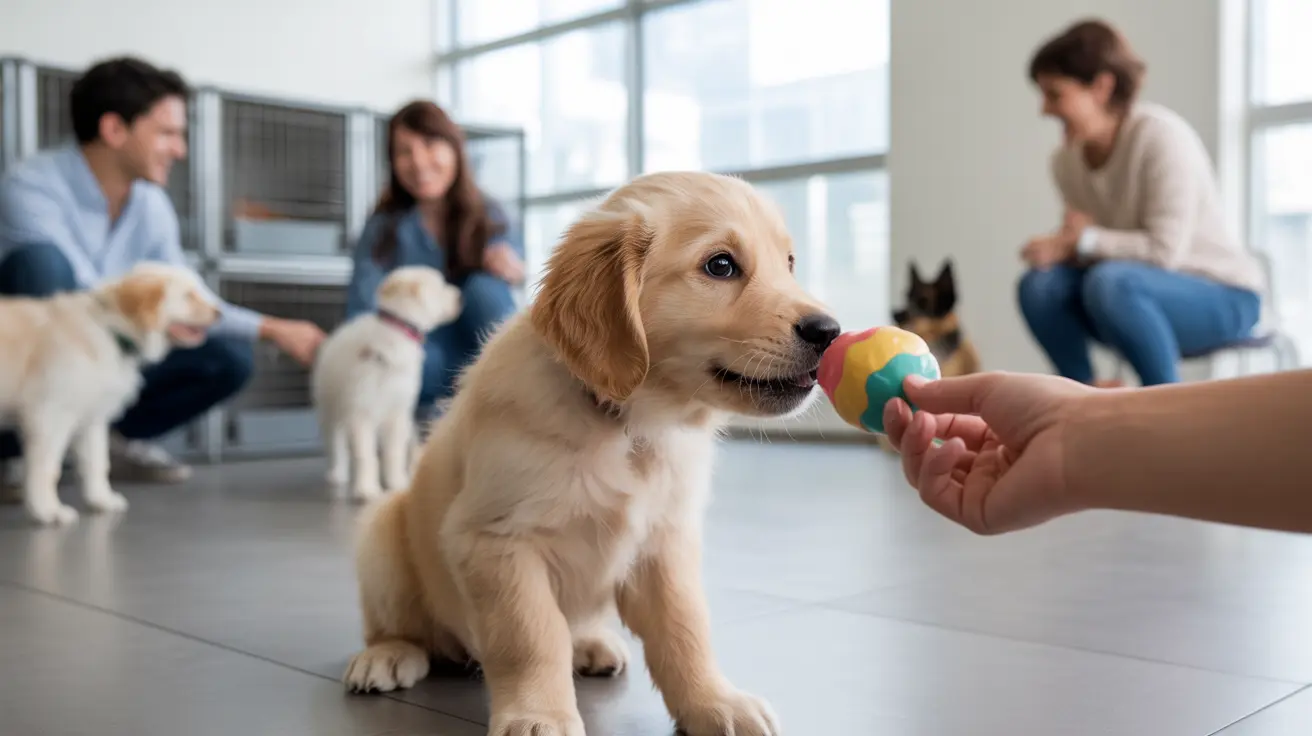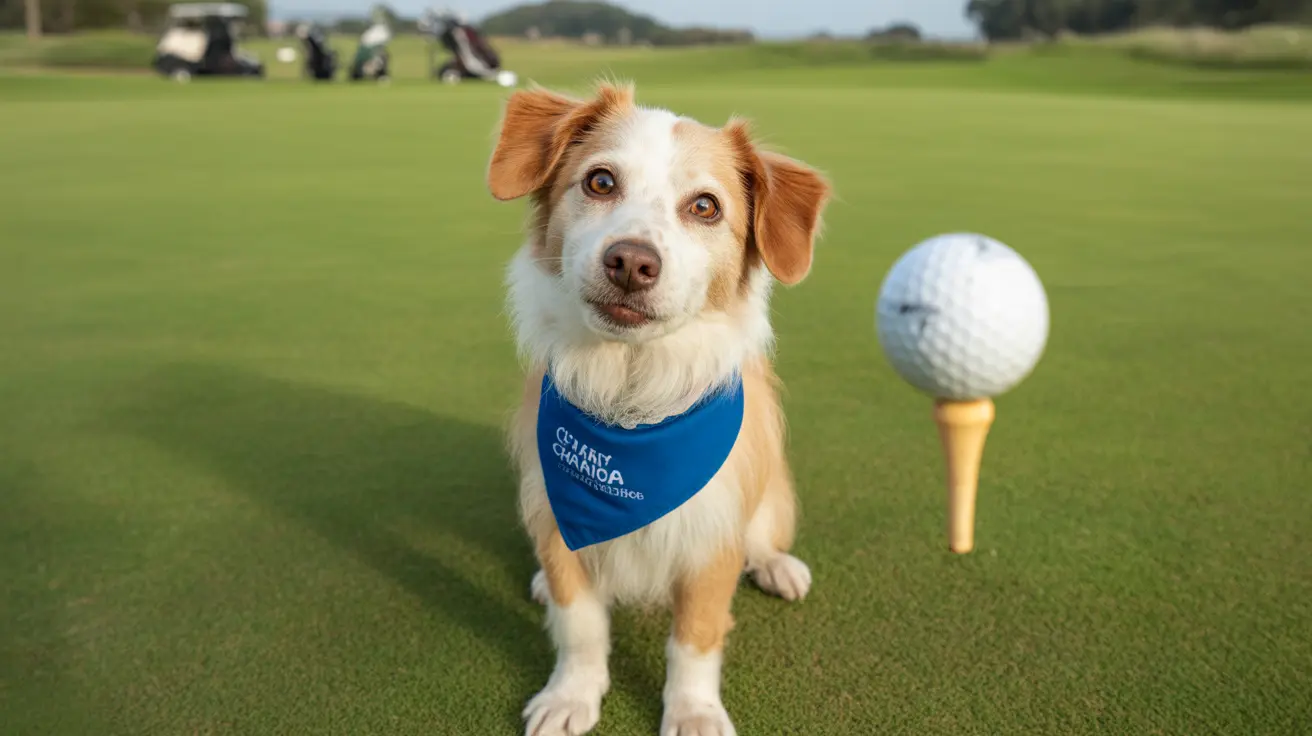Should Dogs Wear a Harness in a Car? A Complete Safety Guide
Transporting your dog safely in a vehicle is more than a matter of convenience — it's a critical issue of safety for both pets and human occupants. According to pet safety experts, unrestrained dogs can become dangerous projectiles in the event of a crash, potentially causing severe injuries. This risk makes it essential for dogs to wear harnesses or ride in certified carriers or crates while traveling.
Why Restraining Your Dog Matters
- Prevents pet injury or death: In a car accident, even a small unrestrained dog can cause damage due to the force of the impact.
- Protects humans: An unrestrained pet can fatally injure passengers, being thrust forward at high force during collisions.
- Reduces distractions: Loose pets can cause accidents by distracting the driver.
Types of Dog Restraints for Car Travel
There are several dog restraint options, with the safest being crash-tested and independently certified:
- Harnesses: Fit around the dog’s torso and attach to the car’s seatbelt. High-quality versions distribute crash forces across broad, padded chest panels.
- Carriers: Ideal for dogs under 18 pounds, these portable enclosures must be belted securely into the seat and maintain structure during impact.
- Crates: Hard-sided enclosures designed for larger dogs; must be anchored using OEM straps and constructed from durable material.
Crash Testing and Certification
While no government regulations exist for dog car restraints, independent agencies like the Center for Pet Safety (CPS) conduct dynamic crash tests and certify products that pass rigorous standards, including 30 mph simulated impacts and structural integrity checks.
Top Crash-Tested Dog Harnesses
- Sleepypod Clickit Sport: Features energy-absorbing padding and three seatbelt connections; for dogs 18 to 90 pounds.
- Sleepypod Clickit Terrain: Offers greater durability and accommodates dogs up to 110 pounds.
- Kurgo Impact Harness: A single strap harness with 4,000-pound tubular webbing; crash-tested for pets up to 108 pounds.
- EzyDog Drive Harness: Uses wide, seatbelt-grade straps and molded chest plates; suitable for 15–65 pounds.
- Ruffwear Load Up Harness: Approved under child car seat standards; allows more mobility for anxious pets but offers slightly less restriction.
- AllSafe Comfort Harness: Certified in Europe; uses high-strength polyester and secure tether locks.
Proper Use and Installation
- Correct Fit: Ensure a snug yet comfortable fit using the ‘two-finger’ rule.
- Secure Installation: Thread seatbelts correctly and avoid aftermarket clips or extension tethers, which can fail under crash conditions.
- Acclimate Your Pet: Let your dog wear the harness in calm settings before use during travel.
Considerations When Choosing a Harness
- Size and Breed: Girth and weight matter—deep-chested breeds may require specific sizing.
- Temperament: Anxious dogs may prefer less restrictive models to avoid stress.
- Car Compatibility: Ensure the restraint fits your vehicle’s seatbelt system or anchor points.
- Ease of Cleaning: Look for washable materials and durable fabrics.
Common Limitations and Cautions
- No restraint can offer 100% protection in high-speed crashes — most tests simulate 30 mph impacts.
- Large and giant breeds often exceed safe limits for most harnesses. Consider crates if your vehicle has room.
- Booster seats and cheap seatbelt tethers lack safety testing and are generally not recommended.
Certified Harnesses and Resources
Look for labels from certified bodies like Center for Pet Safety. Avoid depending on manufacturer claims alone—trusted products include:
- Sleepypod Clickit Sport
- Sleepypod Clickit Terrain
Final Thoughts
Investing in a crash-tested and certified harness, carrier, or crate for your dog is a small step that could save lives. Always choose products backed by independent testing, and follow all sizing and installation instructions carefully. Safety for your furry passengers is non-negotiable — with the right protection, every ride can be a secure one.





